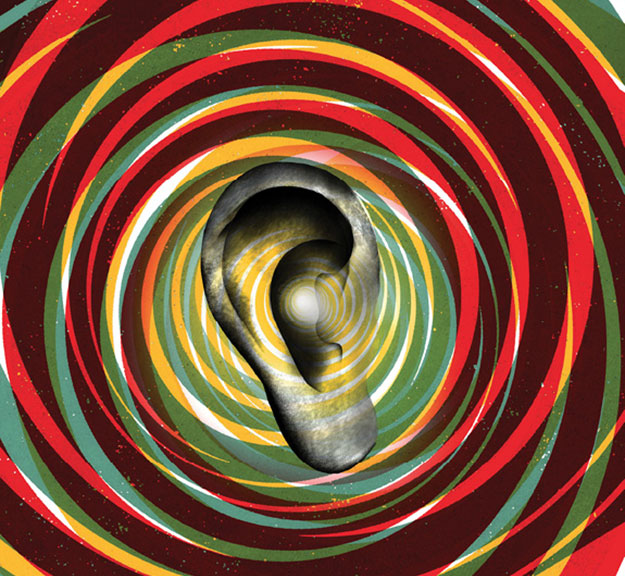Winter 2016: Energy Evolution
From carbon dioxide conversion to landfill mining, researchers at UTA are seeking viable alternative energy options.
Skip to content. Skip to main navigation.
From carbon dioxide conversion to landfill mining, researchers at UTA are seeking viable alternative energy options.
Found in everything from space shuttles to dental fillings, composite materials have thoroughly infiltrated modern society. But their potential is still greatly untapped, offering researchers ample opportunity for discovery.
Within the particle showers created at the Large Hadron Collider, answers to some of the universe’s mysteries are waiting.
Model systems like pigeons can help illuminate our own evolutionary and genomic history.
UT Arlington's tiny windmills are bringing renewable energy to a whole new scale.
The stability of our highways, pipelines, and even manholes is reaching a breaking point.
Scientists believe they have discovered a subatomic particle that is crucial to understanding the universe.
UT Arlington researchers unlock clues to the human body’s most mysterious and complex organ.
UT Arlington researchers probe the hidden world of microbes in search of renewable energy sources.
Wounded soldiers are benefiting from Robert Gatchel’s program that combines physical rehabilitation with treatment for post-traumatic stress disorder.
Tiny sensors implanted in the body show promise in combating acid reflux disease, pain and other health problems.
Nanotechnology researchers pursue hybrid silicon chips with life-saving potential.
Biomedical engineers combat diseases with procedures that are painless to patients.

About 5 percent of the world's population has disabling hearing loss, according to the World Health Organization. Electrical engineering Associate Professor Sungyong Jung hopes to help those 360 million people by improving hearing aids so they offer more power in a smaller package.
"Even the smallest standard directional hearing aids really are still too bulky and cannot reside comfortably on the user's ear for a long time," Dr. Jung says. "The new system will be highly efficient and allow the size of the hearing aid to be reduced."
Jung received a three-year grant from the Korean Electrotechnology Research Institute to build an integrated circuit for a tiny microphone that will fit inside the new hearing aids. Its design will be modeled after the Ornia ochracea, a parasitic fly with an exceptionally small auditory system.
In addition, Jung plans to construct the new integrated circuit with a direction-tracking algorithm that would allow hearing-impaired people to identify the direction where an oncoming noise—or a potentially dangerous situation—is coming from. The product will be compatible with certain electronic devices and controlled by smartphones.
"Minimizing the size while maintaining the highest level of function is a highly rewarding challenge that Dr. Jung is undertaking," says Khosrow Behbehani, dean of the College of Engineering. "His research is a wonderful example of how UTA engineering faculty and their students are developing solutions that address critical issues in the area of health and the human condition."
Illustration by Brian Stauffer